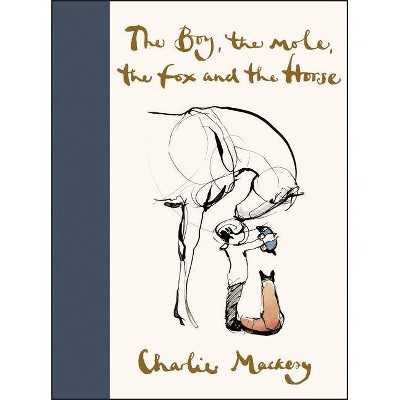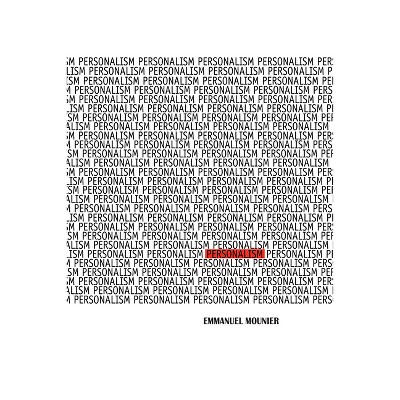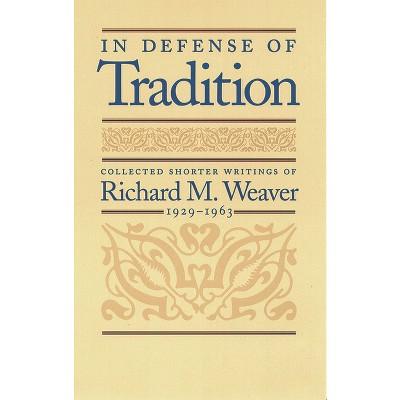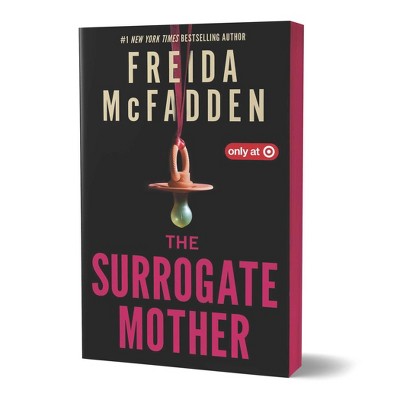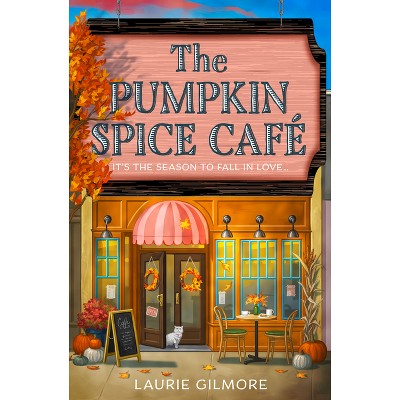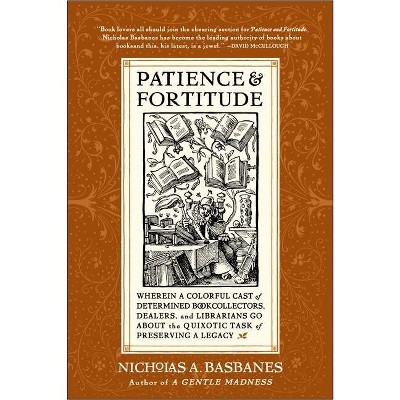Sponsored

The Chapter - by Nicholas Dames
$22.95
In Stock
Eligible for registries and wish lists
Sponsored
About this item
Highlights
- Finalist for the National Book Critics Circle Award in CriticismShortlisted for the Christian Gauss Award, Phi Beta Kappa SocietyA history of the chapter from its origins in antiquity to today Why do books have chapters?
- About the Author: Nicholas Dames is the Theodore Kahan Professor of Humanities at Columbia University and an editor in chief of Public Books.
- 384 Pages
- Literary Criticism, Books & Reading
Description
Book Synopsis
Finalist for the National Book Critics Circle Award in Criticism
Shortlisted for the Christian Gauss Award, Phi Beta Kappa Society
A history of the chapter from its origins in antiquity to today
Review Quotes
"Dames performs precise, engaging, new ways of reading that transform these apparently inert sentences into a thrilling hum of temporal and perspectival nuance. The chapter, like all the best objects of study, becomes here a delineable unit that simultaneously refuses to be only one thing."---Georgina Wilson, Journal of Scholarly Publishing
"Shortlisted for the Christian Gauss Award, Phi Beta Kappa Society"
"Dames considers the nature of the chapter, a subjective division that nonetheless organizes our understanding of life and literature. . . . For Dames, form begets function--and neither is above scrutiny."-- "The New Yorker"
"Dames mixes close reading with digital humanities methodology to investigate how authors used the chapter not to organize but to reflect the pauses and temporal shifts in their characters' lives. Dames even investigates the use of chapters by examining Agnès Varda's films. . . . Recommended."-- "Choice"
"One of the most thrilling things a book of criticism can do is answer a question that you didn't know you had. . . . After reading The Chapter, you will never quite read anything else the same way."-- "National Book Critics Circle Board"
"The Chapter is deft, elegant, fascinating."---Rachel Ablow, Critical Inquiry
"A New Yorker Best Book We've Read This Year"
"A Seminary Co-Op Notable Book of the Year"
"Finalist for the National Book Critics Circle Awards, Criticism Category"
"Winner of the PROSE Award in Literature, Association of American Publishers"
"This fascinating study causes the reader to reflect on narrative sequences in time, and on the flow of time in reading and life."-- "Paradigm Explorer"
"[Dames] transforms the chapter into an extraordinarily revealing object of both literary analysis and cultural history. . . . Although Dames doesn't claim to have written a comprehensive history of the chapter in every kind of book, one can hardly imagine a fuller record of the tradition that led to their use in the modern novel. . . . One comes away from The Chapter with a new appreciation for the technical challenges of long fictions."---Catherine Gallagher, Chronicle of Higher Education
"Dames shows exactly why chapters are worth our attention. . . . A pleasing investigation."-- "Kirkus Reviews"
About the Author
Nicholas Dames is the Theodore Kahan Professor of Humanities at Columbia University and an editor in chief of Public Books. He is the author of The Physiology of the Novel: Reading, Neural Science, and the Form of Victorian Fiction and Amnesiac Selves: Nostalgia, Forgetting, and British Fiction, 1810-1870.Dimensions (Overall): 8.0 Inches (H) x 5.25 Inches (W) x .96 Inches (D)
Weight: .79 Pounds
Suggested Age: 22 Years and Up
Number of Pages: 384
Genre: Literary Criticism
Sub-Genre: Books & Reading
Publisher: Princeton University Press
Format: Paperback
Author: Nicholas Dames
Language: English
Street Date: February 25, 2025
TCIN: 93461896
UPC: 9780691271026
Item Number (DPCI): 247-48-8047
Origin: Made in the USA or Imported
If the item details aren’t accurate or complete, we want to know about it.
Shipping details
Estimated ship dimensions: 0.96 inches length x 5.25 inches width x 8 inches height
Estimated ship weight: 0.79 pounds
We regret that this item cannot be shipped to PO Boxes.
This item cannot be shipped to the following locations: American Samoa (see also separate entry under AS), Guam (see also separate entry under GU), Northern Mariana Islands, Puerto Rico (see also separate entry under PR), United States Minor Outlying Islands, Virgin Islands, U.S., APO/FPO
Return details
This item can be returned to any Target store or Target.com.
This item must be returned within 90 days of the date it was purchased in store, shipped, delivered by a Shipt shopper, or made ready for pickup.
See the return policy for complete information.
Trending Paperback Books

$9.85 - $23.09
MSRP $15.99 - $32.99
4.8 out of 5 stars with 149 ratings

$19.99 - $20.58
MSRP $19.99 - $30.00
5 out of 5 stars with 6 ratings

$5.30
Save $5 when you spend $20 on select books
4.8 out of 5 stars with 121 ratings
Discover more options

$9.99 - $11.23
MSRP $9.99 - $19.99
4 out of 5 stars with 1 ratings
